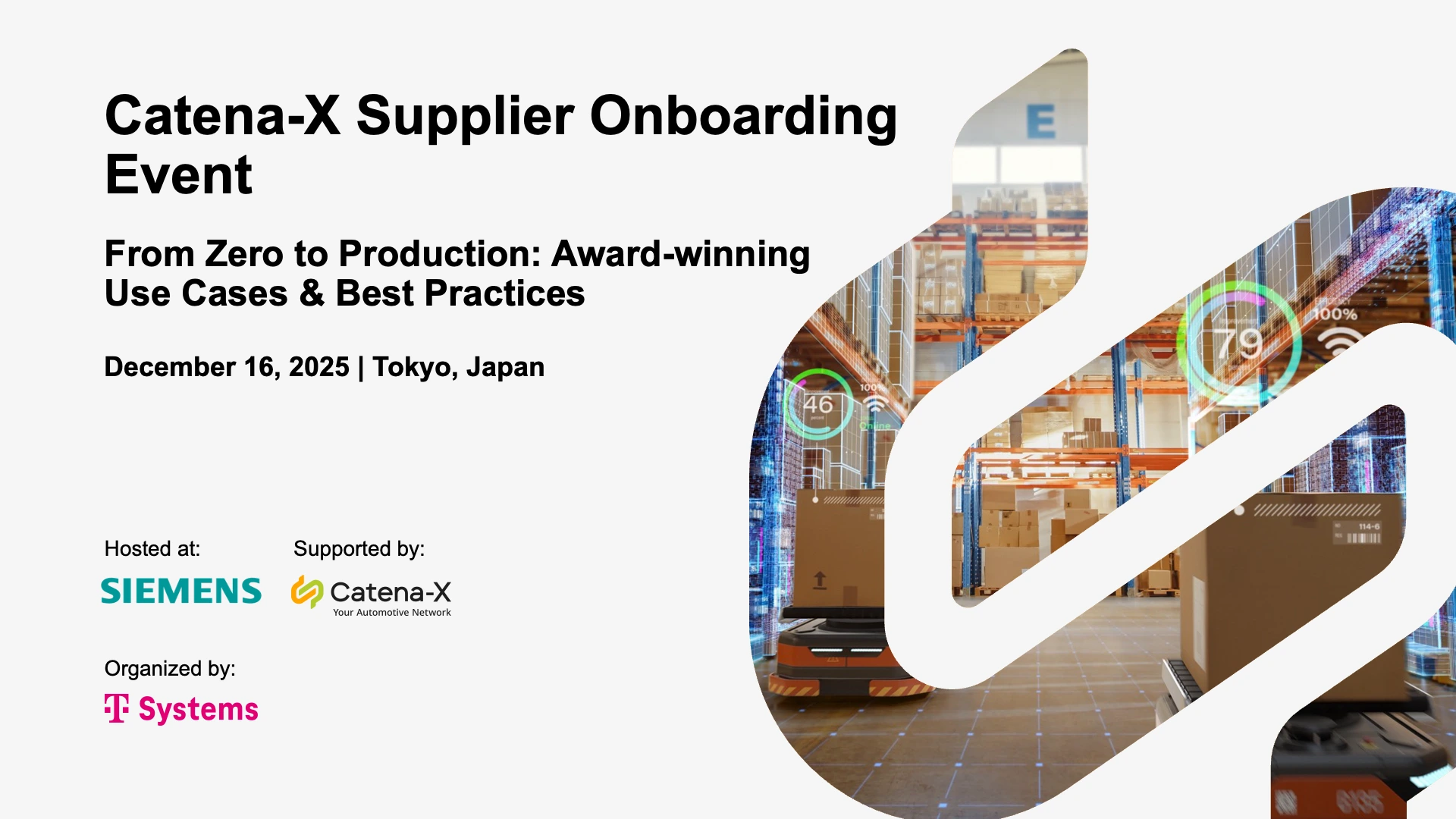Capacity
Glossary Page
According to the ART4DCM-86 - DCM standard, the capacity of a supplier is defined in several ways. The "supplier capacity" refers to the amount of output that a supplier can realistically produce per calendar week and material for a particular customer, taking into account all factors that may affect this capacity. The "supplier maximum capacity," on the other hand, is the absolute maximum amount of output that a supplier can produce per calendar week and material for a specific customer. The difference between the supplier's maximum capacity and their actual capacity is known as the "supplier flex capacity," which represents the amount of flexible capacity that a supplier has available. Finally, the "contractual capacity" is the capacity that is agreed upon in a contract between the supplier and the customer for a specific period, typically converted to a weekly basis.
https://www.supplyon.com/en/blog/no-more-out-of-supply-how-capacity-management-builds-resiliency-into-supply-chains/
Latest Webinars
Latest Articles

From supplier onboarding to global scale: Advancing trusted dataspaces in Asia
In December 2025, T-Systems advanced Catena-X adoption in Asia through two key events: the Catena-X Supplier Onboarding Day in Tokyo and the Global Data Spaces Roundtable in Beijing. From practical supplier onboarding to large-scale automotive pilots in China, discussions focused on regulatory pressure, data sovereignty, and secure cross-company data exchange. Together with partners such as Siemens, BMW Group, BASF, and Flex, T-Systems demonstrated how trusted dataspaces enable scalable, compliant collaboration across global automotive value chains.
Read more

Sven Löffler
Dec 23, 2025

Connect & Integrate “Developer edition”: Build Catena-X apps faster than ever
T-Systems has launched Connect & Integrate “Developer edition”, a streamlined environment designed to accelerate Catena-X application development. By removing barriers such as connector setup, compliance alignment, and semantic validation, the platform provides out-of-the-box connectivity with Catena-X–compliant APIs, guided workflows, and built-in compliance tools. Developers gain immediate access to secure, standardized data exchange without managing complex infrastructure, enabling them to focus on building innovative solutions across key use cases like traceability, carbon footprint, and demand management. Positioned as an innovation catalyst, the “Developer edition” empowers startups, integrators, and enterprises to rapidly deliver production-ready applications and drive Catena-X adoption across the automotive value chain.
Read more

Tushar Yadav
Dec 15, 2025

“China automotive industry trusted dataspace” pilot launched by Catena-X taskforce at IAA Mobility Munich
The Catena-X taskforce, together with CAAM, launched the “China Automotive Industry Trusted Data Space” pilot at IAA Munich, enabling secure, compliant, and scalable local data exchange for Chinese OEMs and suppliers, starting with Certificate Management. Early results show faster, traceable, and machine-readable certificate transactions, laying the foundation for future quality, sustainability, and PCF use cases.
Read more


Chris S. Langdon, Sebastian Wiemann
Dec 12, 2025





